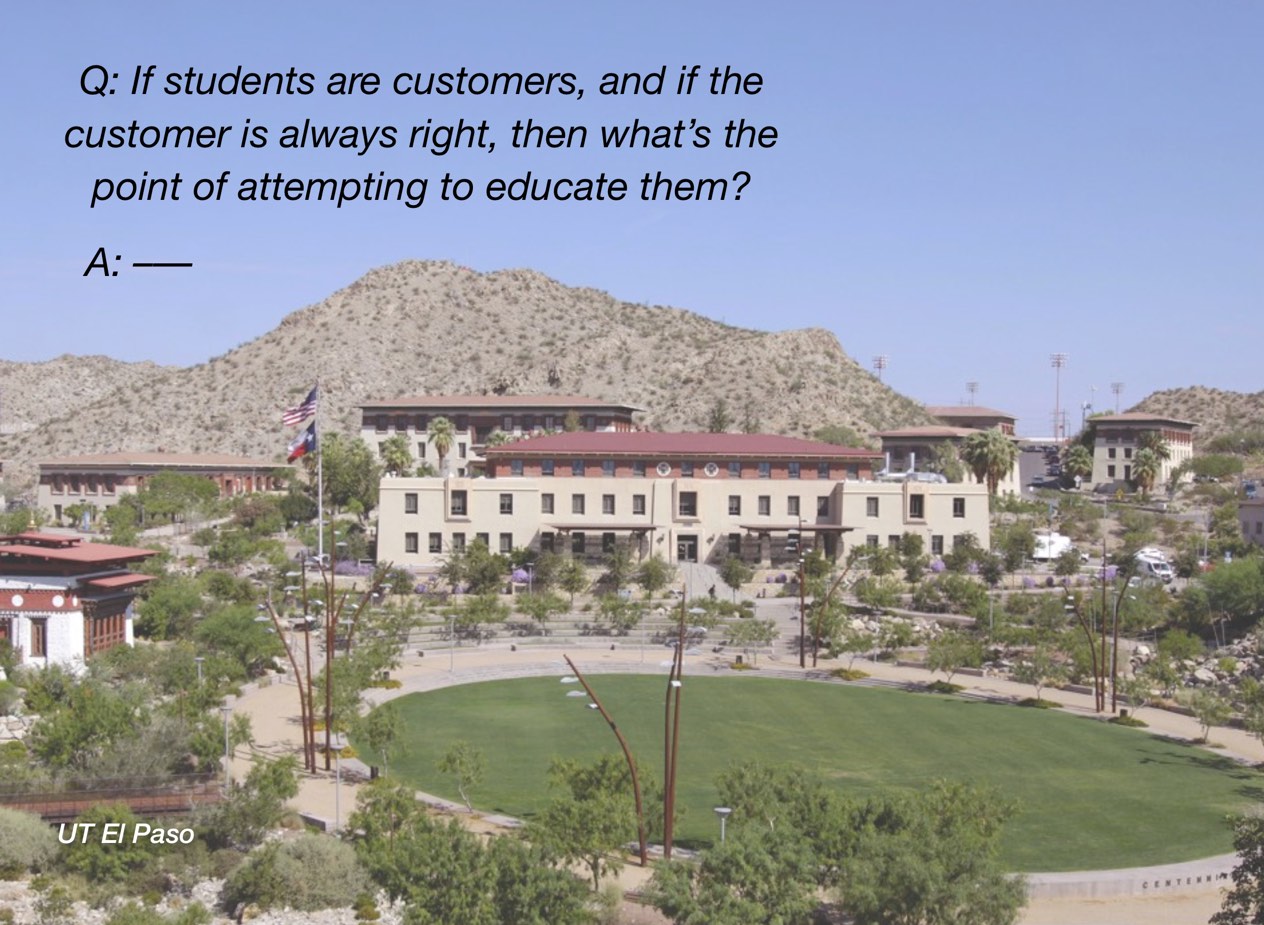42 Give Thanks . . . and Prime the Pump


James Vick
The last item on the student card described earlier, the name of a teacher who has been a valuable influence (see Connections), offers an opportunity to solidify the relationship with a student while reaching out to dedicated, effective teachers in our vast network of high schools in Texas and in the world beyond. Again, it is the pervasive technology at our fingertips that brings this connection within reach.
With the name of the teacher and high school already in hand, a quick web search will usually produce a mailing address. Then, working from a thoughtfully prepared model, a letter can be individually crafted that tells how the teacher was singled out for his influence and support during the student’s precollege years. It has been my experience that the letter has multiple positive consequences. Although it is not directly from the student, it does convey a message that is too infrequently expressed – that the student values the contribution the teacher has made during an important time of growth and development. For the teacher, the letter often comes at the end of a semester when fatigue may be raising doubts about whether all the hard work is appreciated. The letter also has the benefit of surprise, and it establishes a link between the high school and the university.
Of course this project is not entirely altruistic. In fact, I make it clear in the letter that we thrive on the quality of our students and that we hope to see more well-prepared prospects coming to our campus in the future.


Chapter 42 Commentary: Michael Starbird
“Teaching is a human act – people reaching people. Part of teaching involves exposing the best parts of our humanity to students and colleagues to model and help create a better world. Often we leave students with something far more important than course content. Practicing human values and attitudes, such as kindness and gratitude, not only puts students and colleagues in more receptive frames of mind, but that kind of generosity also has positive practical consequences, as James Vick points out. Most of us would agree that helping teachers at all levels to feel appreciation for their work has value in itself – well worth the cost of giving it. In fact, the cost of giving thanks to teachers may well be a negative number – that is, the act of thanking students or colleagues not only benefits the receiver of the thanks, but it also reminds us to return to our own teaching with yet more enthusiasm. It is healthy to remind others and ourselves that teaching matters.”

